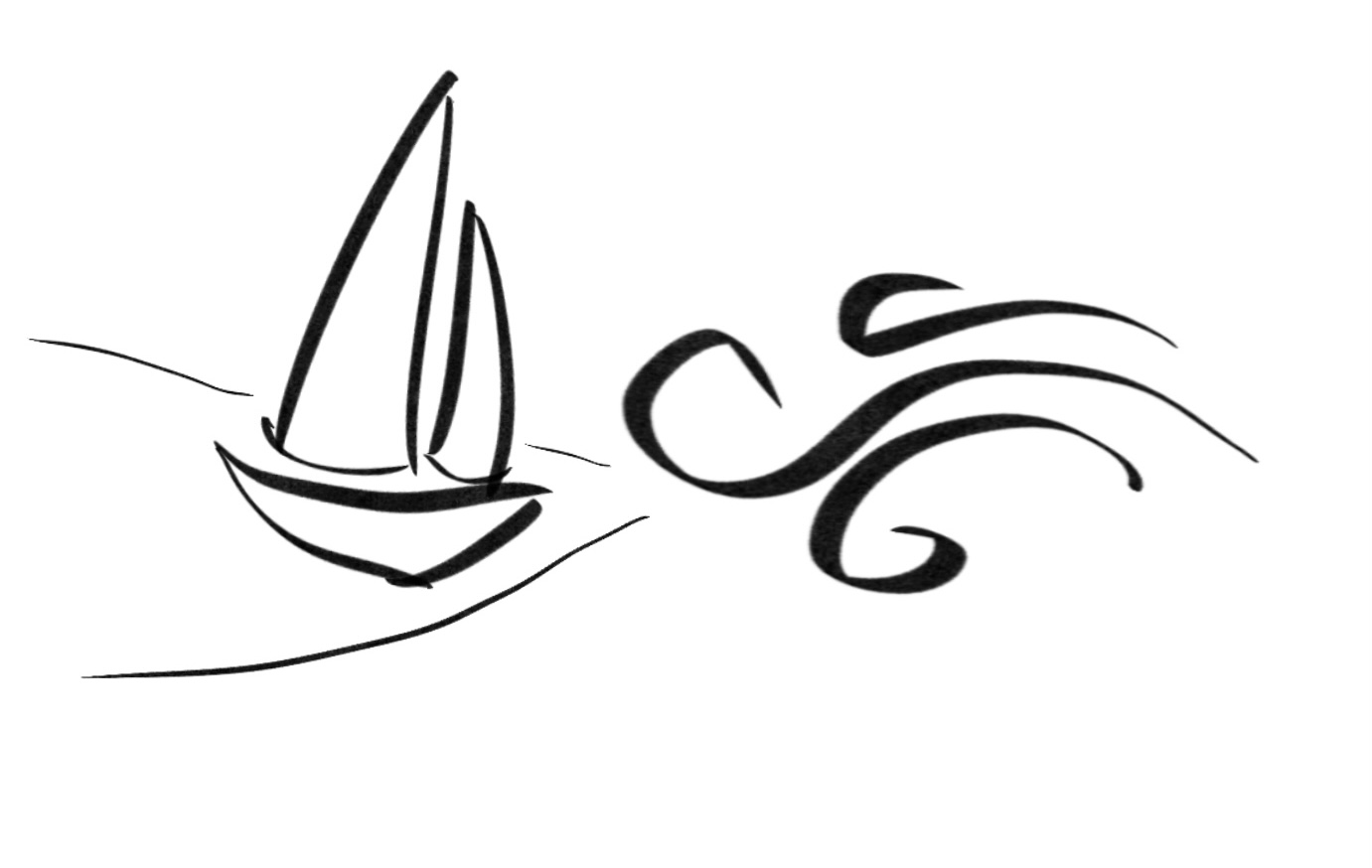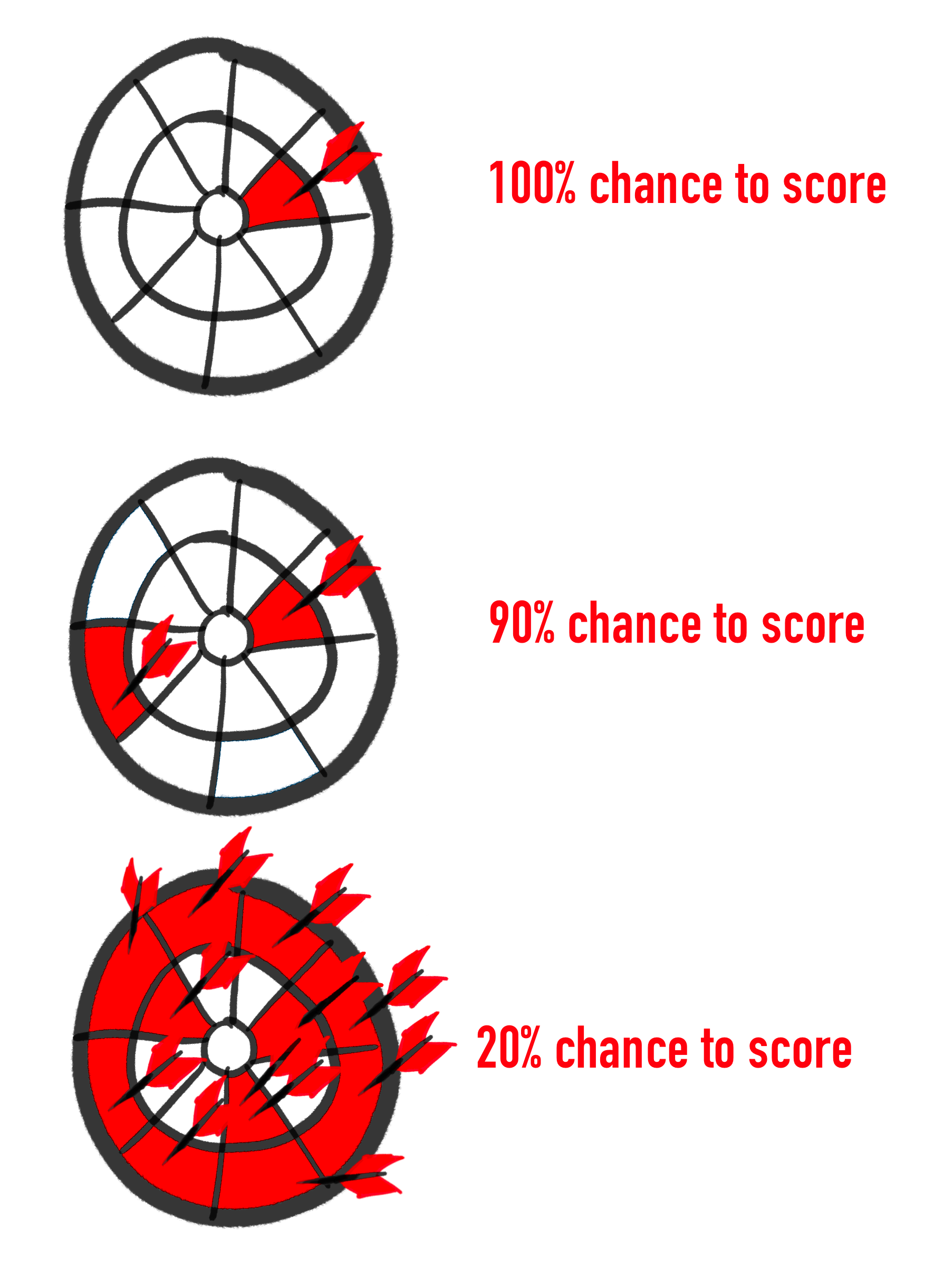Headwinds
It's a terrible feeling to be playing a competitive game and feel like someone is running away with the game and you have very little chance of catching up.
In an online game, you might resign, but social decorum in tabletop game means you're stuck, and players start to feel miserable. In a long tabletop game, this can be traumatic, with players acting out or never wanting to play it again.
So I wanted to talk about one way to reduce or eliminate this problem: headwinds.

Definition & Attributes
In sailing, a headwind is a force that opposes forward motion. In a game, it's an often-invisible force that slows down a player as they progress. Here are some typical attributes of a headwind in a game:
- Slows player down as they progress
- Allows others players to catch up (although they usually have the same headwinds)
- Makes the game closer, and/or creates the appearance of a close game
- Creates drama for spectators
- Makes players feel better by reducing the ranking spread at game end
- Helps shape player progression into a dramatic curve, instead of a line
- Changes the game as it progresses, so different stages feel different
- Gives first time players easier early scoring and difficulty ramping up later
- Is often invisible or hard to notice
Relevance
Headwinds are most useful in orthogames. The excellent Characteristics of Games defines an orthogame as:
"A game for two or more players, with rules that result in a ranking or weighting of the players, and done for entertainment."
Headwinds are less urgently needed solo and coop games, as there aren't multiple rankings at the end.
Example : Fill The Dartboard
Imagine a game of darts, but where the goal is to fill the dartboard instead of scoring points. Players alternate throwing darts, and the game ends when one player has landed a dart in every region. The players are then scored by the # regions they have darts in.
A player's first throw will be the easiest: as long the player hits the board, they will score a point. Their next couple throws will be just a little harder, as they can no longer score by landing in a region they already have a dart. As they start filling more regions with their darts, the effective area they need to hit to score gets smaller and smaller. To end the game and get the maximum score, their final dart can land only in their last empty region (shown below is just the red player's darts, for simplicity):

The headwind occurs because the more regions a player scores, the harder it becomes to score.
Other examples
Once you start looking for headwinds (like I did to write this), you start seeing them everywhere. They are often naturally occurring, but that doesn't mean you should leave them to chance. Here are some examples:
- In Settlers of Catan, players trading less with you or offering you harder trades as you get closer to winning. This isn't systemic (in the game rules), but agential (coming naturally from the players, playing by the rules).
- Power-ups that target forward in a racing game like Mario Kart can act as a headwind, because the farther ahead you get, the more players are able to target you.
- In Natural Selection, extractors can only be built on resource nozzles, which are usually one per room. At game start, you have one extractor and the whole team can defend it easily in one room. But as you build extractors to expand your economy, you necessarily must build into other rooms and thus have to defend a bigger area. Unlike an RTS though, your new resources can't pay for military units to defend your new territory: you have a set number of live players to defend. So your fixed size team must now guard a larger area and defense becomes harder (as well as offense).
Similar but different
Lots of other attributes of games that are related and probably worth making a distinction about:
Caps - Having a limited number of weapons you can carry in a shooter or a unit cap in Starcraft. This limits how far a player can get ahead, but doesn't slow them down to let other players catch up (nor is it invisible).
Disadvantage to the Leader - The famous blue shell from Mario Kart which knocks out the player in the lead is a setback, but it's a one-off. It doesn't generally slow their progress, so I'd say it doesn't have a lot of the tension benefits that headwinds do. Nor does it affect the player in 2nd place (this can lead to situations for players "play for second" which seems generally undesirable to me).
Tailwinds - This is where losing players gain advantages to help catch up. I can't think of any examples, but I imagine it might be difficult to incorporate this in a way that feels natural, not patronizing and in a way that doesn't make players "hold back" to disguise their winning.
Snowball / Slippery Slope - This is where a player gains speed as they gain ahead, like a snowball growing in size as it rolls down a hill. This is the opposite of a headwind and is probably the worst offender in orthogames. A classic example is gaining resources gives you more units, which let you destroy enemy units, and resources and then hold more resources (looking at you, Starcraft). This is mitigated a lot by the tech-tree, which can make enemy units obsolete.
Conclusion
Games, especially tabletop games, can use one or more headwinds to keep the game feeling close, create drama for spectators and keep player interest until the end. I dare say that by default, your orthogame should have at least one strong headwind (until you consciously decide against it).
They are almost trivial to design in from the beginning. You can often just scan your core game systems, level layouts, scoring, resource collection and game goals up front and make simple tweaks to prevent a whole lot of bad feelings.
The best headwinds are subtle and essentially invisible to the players. But because they hide in plain sight, they can elude many game designers as well.
I got very few emails about last week's design pillars. Am I on the right track? Join the discussion on Discord or get in touch.